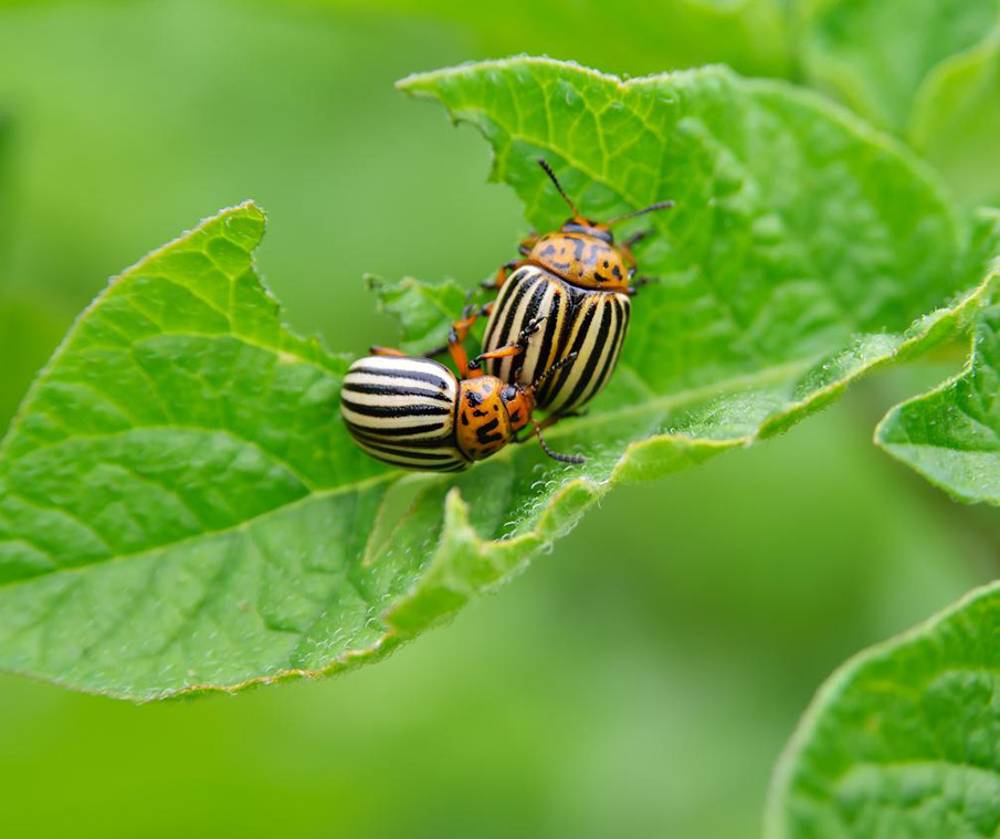
This is a complex topic however one fact is generally true; most insects do not attack healthy plants, rather they look for signals coming from unhealthy plants.
The activities of the microbial community in the rhizosphere (the zone immediately adjacent to the roots) can influence the compounds released from the plant roots, setting up complex feedback loops between plants and their associated soil communities. These interactions can affect the plants’ susceptibility or resistance to pests and diseases in various ways. Healthy soil contributes greatly to healthy plants.
Beneficial soil micro-organisms may affect harmful members of the soil community through competition or in ways such as priming a plant’s natural defensive chemistry, allowing a more rapid and vigorous response to attacks by pathogenic bacteria, fungi, and/or viruses.
Complexities arise because healthy soil is a very dynamic ecosystem, so soil communities can rapidly change in response to biological and environmental disturbances.
For more in-depth information search the internet for:
- Plant health as protection against pest and disease
- Sustainably reducing pests and diseases in agriculture
